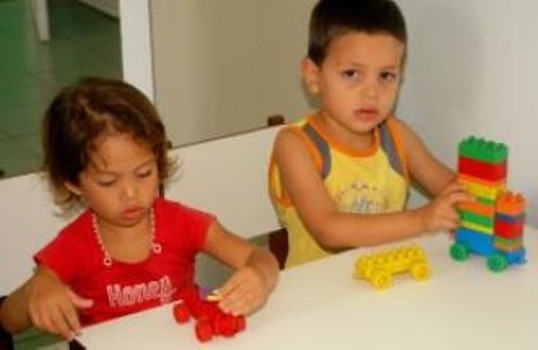A new study suggests that factors related to family income and expectations have an impact on how children perform in kindergarten. Study findings, published in the edition of Pediatrics, showed a link between levels of family income, education and expectations and the learning success of children entering kindergarten.
To find out what helps kindergartners master basic reading and math skills, researchers assessed 6,600 English- and Spanish-speaking children who were born in 2001 and were enrolled in the U.S. Early Childhood Longitudinal Birth Cohort Study. Based on parents’ socioeconomic status or SES – their income, education and type job – the children were divided into five groups.
The investigators focused on the role of factors other than poverty. “We didn’t want to just look at poor kids versus rich kids, or poor versus all others,” co-author Neal Halfon, MD, MPH, director of the Center for Healthier Children, Families & Communities at the University of California, Los Angeles, told HealthDay. The researchers wanted to test if what intuition seemed to point to as true really was: That “you’ll do better if you get read to more, you go to preschool more, you have more regular routines and you have more educated parents,” added Halfon.
Their findings showed that children from poorer families did worse on tests even if they weren’t from families whose income was below the poverty line. Only 57 percent of the parents of kids who scored the worst expected their children to go to college, compared to 96 percent of parents whose kids scored the highest. In addition, preschool attendance was 89 percent among those who scored well compared to 64 percent of those who did not. Computer use was higher among the more successful students – 84 percent versus 27 percent – and high-scoring students were more likely to have been read to.
Additional findings showed that the children in the lowest SES groups were likely to have younger mothers, and 40 percent came from a single-parent home. Among the higher SES groups, only 5 percent of the children lived in a one-parent at home.
“Family background, health, home learning, parenting and early care and education factors explain over half the gaps in reading and math ability between U.S. children in the lowest versus the highest socioeconomic status [groups],” the authors wrote.
In their conclusion, the researchers suggest a need for organized “whole child” efforts to address inequalities in development. They proposed early literacy promotion and establishing community-based programs as ways to help families have positive, lifelong health benefits for even the most disadvantaged children.








